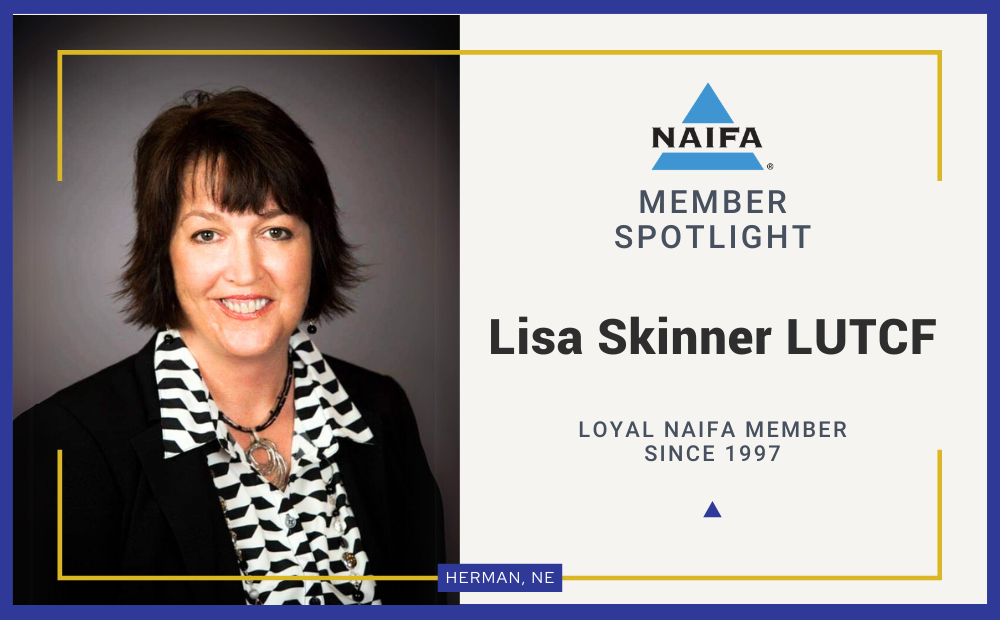In this interview, Saybrus’ Kevin Kimbrough discusses the trends shaping life insurance and how advisors can use life insurance in retirement planning.
Advisor Today: What economic, demographic and market trends are shaping life insurance policies today?
Kevin Kimbrough: Today’s life insurance products reflect a variety of recent economic, demographic and market trends. These include: Baby Boomers retiring at a rate of more than 10,000 a day as well as increasing longevity and rising health-care costs.
In addition, the increase in the estate-tax-income threshold has created new legacy-planning opportunities, and the prolonged low interest rates have caused carriers to shift from secondary guarantees to cash-value accumulation and other benefits, such as combination policies.
Clients today are concerned about having enough money in retirement and are looking for long term care insurance (LTCI) alternatives and savings vehicles that offer tax advantages--areas where life insurance can offer some help.
AT: How are life insurance policies being used by consumers in light of these trends?
Kimbrough: Whether or not the estate tax is a planning factor makes a big difference in how life insurance can be utilized. Clients who are still above the threshold and subject to the estate tax will likely need to own their life insurance within a trust, which pretty much limits its uses other than as a wealth-transfer vehicle.
However, for the many more people who are now below the threshold, they can own their policies outright and potentially use the funds for various purposes other than the death benefit.
One common use we’ve seen is for LTC benefits. We are also seeing strong growth in accumulation sales, where consumers are buying life insurance because of its unique tax advantages in order to supplement retirement savings. For the most part, these clients still want to use their life insurance to leave a legacy, but they also desire more flexibility and access to the funds.
AT: What new life insurance features are facilitating the use of life insurance in retirement planning?
Kimbrough: There are a number of features available in the market that can be used in a retirement-planning context. One trend we have seen is the strong proliferation of life and LTC combination products over the past five years. There are now many combination products offering different levels of coverage, ranging from tax-qualified LTC benefits to chronic-illness benefits that are included in gross income.
Another trend is the movement from guaranteed universal life insurance with living benefits to accumulation products with living benefits. Nearly all companies have tried to shift their permanent insurance business to less capital-intensive products. This shift has also aligned with a more optimistic client perspective. Consumers today are significantly more interested in cash-value growth as opposed to five years ago, when security and guarantees were a higher priority.
AT: How can financial advisors sell the use of life insurance in retirement planning to their prospects and clients?
Kimbrough: The first step is to identify the clients who might benefit the most--generally high-income earners, ages 35 to 55 (or older). Like any other sale, it starts with a conversation and getting to know their needs, along with what they are currently doing.
Identify any gaps by looking at what they are able to save by fully utilizing traditional retirement-planning vehicles versus what they want to save in order to maintain or enhance their lifestyle in retirement. At the same time, get to know their concerns, particularly any relating to income taxes and LTC needs.
For many successful clients, life insurance can provide an opportunity to protect loved ones during the working years, while supplementing retirement savings on a tax-advantaged basis and protecting against potentially catastrophic LTC costs.
Kevin Kimbrough, CLU, manages Saybrus’ sales training and advanced-planning teams, business-development functions and external sales force. He previously worked for Phoenix as a wealth-management consultant and a regional managing director.








.png?width=300&height=300&name=CC%202025%20Ad%20(300%20x%20300%20px).png)
.png?width=300&height=600&name=Tax%20Talk%20Graphic%20-%20email%20tower%20(300%20x%20600%20px).png)



.png?width=300&name=NAIFA-FSP-LH%20with%20tagline%20-%20AT%20blog%20email%20ad%20(300%20x%20250%20px).png)
.png?width=728&height=89&name=2024%20Congressional%20Conference%20(728%20x%2089%20px).png)
